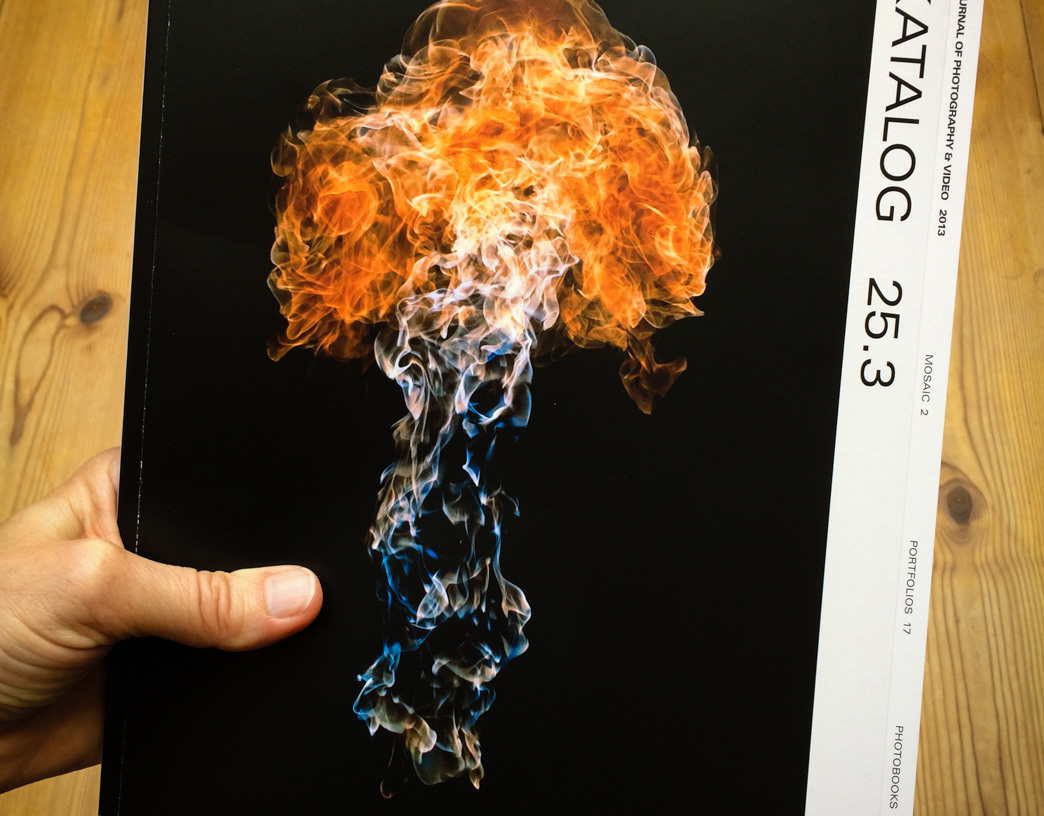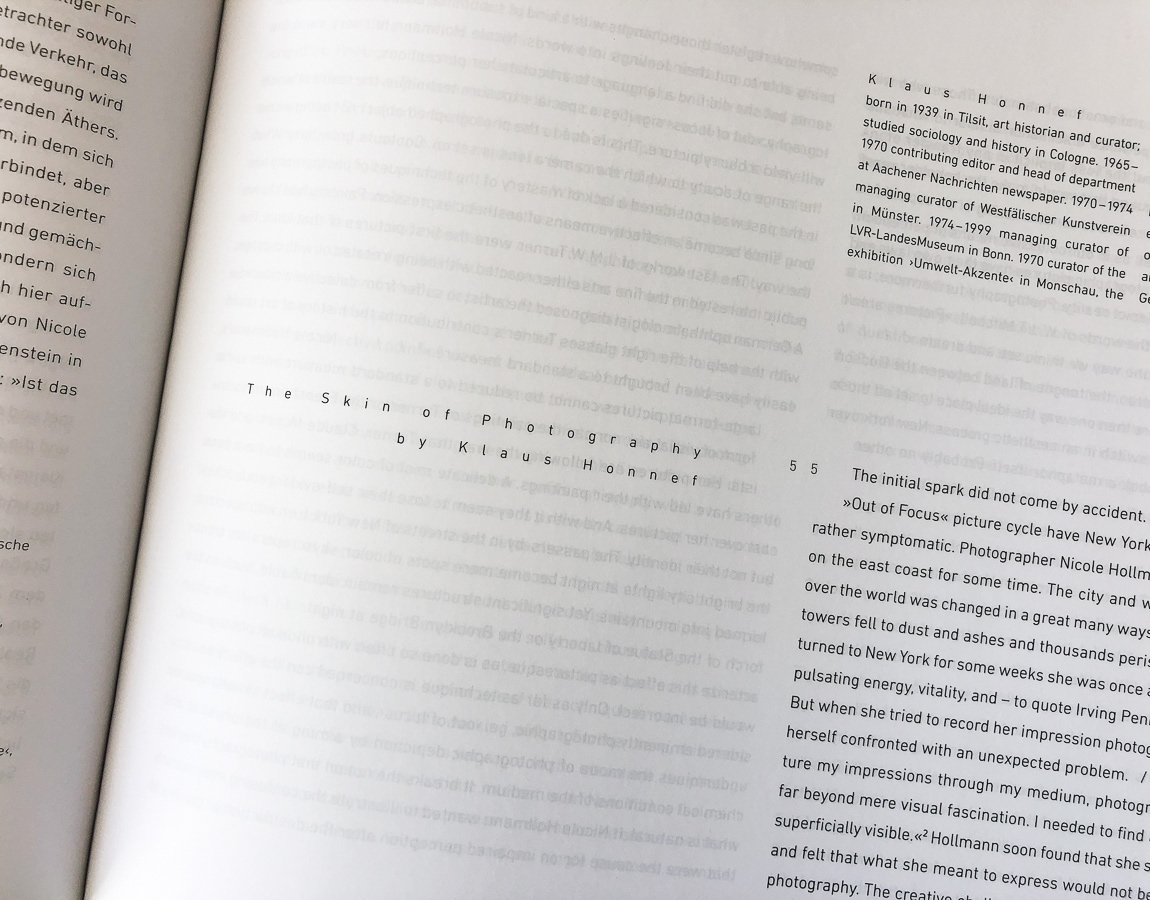We know of Johann Wolfgang von Goethe that he refused to wear glasses in old age in order to be able to have more acuteness of vision. He was convinced that one would see too much detail with perfect eyesight and would lose one's view of the big picture.
The distraction caused by minor unimportant details would inhibit the ability of concentrating on the important. In his time Goethe did not stand alone with this opinion. But only a few decades after his death, the world marveled at the precision with which the new invention of photography could record even the smallest details with a before unknown sharpness of image and display it to its beholder.
Now people could calmly study photographs – even with a microscope – and discover minutiae which would have escaped their glance while on a stroll through the countryside or a bustling big city.
Yet another few decades later in 1903, the German philosopher and brilliant cultural critic Georg Simmel in his es- say »Die Großstädte und das Geistesleben« diagnosed the following within the metropolitan of his time: »The psychological foundation upon which the metropolitan individuality is erected is the intensification of emotional life due to the swift and continuous shift of external and internal stimuli.
Man is a creature whose existence is dependent on dfferences, i.e. his mind is stimulated by the difference between present impressions and those which have preceded. Lasting impressions, the slightness in their differences, the habituated regularity of their course, and contrasts between them consume, so to speak, less mental energy than the rapid telescoping of changing images, pronounced differences within what is grasped at a single glance, and the unexpectedness of violent stimuli.
To the extent that the metropolis creates these psychological conditions with every crossing of the street, with the tempo and multiplicity of economic, occupational and social life it creates in the sensory foundations of mental life, and in the degree of awareness necessitated by our organization as creatures dependent on differences, a deep contrast with the slower, more habitual, more smoothly owing rhythm of the sensory-mental phase of small town and rural existence.«
... [...] ...
It seems to me that Nicole Hollmann’s big-city photographs above all assume a function of relieving our perception as well as our senses, and it isn’t a coincidence that they start off in the whirl of the metropolis New York.
Her soft-focused images of life in the streets of New York hurl themselves into the turmoil of passers-by, the traffic, and the lights of the big city. At the same time, the dissolving contours produce a kind of defusing of the eye-catching stimuli, creating a cloud-like atmosphere and a shimmering fusion of hard-edged shapes, a many-colored luminous mist, which generates a distance as well as an overview, thus relieving the beholder. The racing traffic and the chaos of the buzzing crowds begin to settle down; the hectic locomotion is changed into a rhythmic pulse, a vibrating radiant aether. Similar to a dream, everything oats in a brightly shining lotion, in which the heterogeneous and the contrasting merge into one but are also lost in something impalpable.
We get to experience pictorialism raised to a higher power, which no longer seeks to escape big-city life to a more readily comprehensible and more easy-going provincial life, but which positions itself in the center of the storm.
Without a megalopolis and the impressions it obtrudes, Nicole Hollmann's »Out of Focus« photos may not have come into existence. They answer the question Ludwig Wittgenstein asked in his »Philosophical Investigations« in §71: »Isn't the out of focus picture often just what we need?«
Hubertus Gaßner
Art historian, curator, author and editor of publications on art.
1981-1991 assistant professor of art history at the Kunsthochschule Kassel. 1971-1981 active member of Neue Gesellschaft für Bildende Kunst, Berlin; organizer of numerous exhibitions. 1989-1992 acting manager of the documenta Archive in Kassel. 1993-2002 main curator at the Haus der Kunst in Munich. 2002-2005 managing curator at the Museum Folkwang. 2006 - 2016 Managing curator at the Hamburger Kunsthalle.



